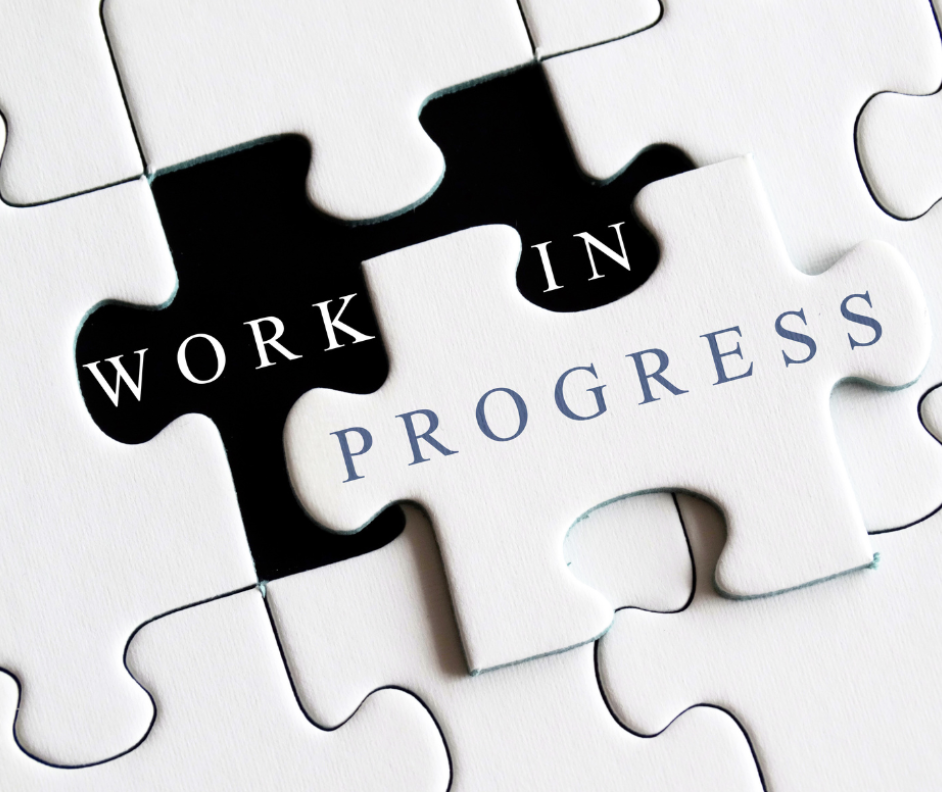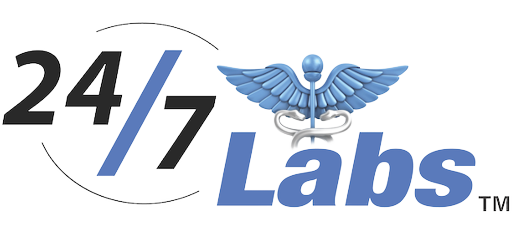Setting Resolutions that Stick: How Diagnostic Testing Can Help You Achieve Your Health Goals
The New Year is fast approaching, and you know what that means – it’s time to set those resolutions. For many people, that means committing to better health. Whether it’s losing weight, exercising more, or cutting out unhealthy habits, these are promises we make to ourselves every year. Unfortunately, most people have a hard time sticking to those resolutions. That’s where diagnostic testing comes in. By using innovative technology to get a more in-depth understanding of your health, you can set achievable goals and create a plan that works for you. Today, we’ll look at how diagnostic testing can help you achieve your health goals and set resolutions that stick.

Understanding Your Baseline
The first step in achieving your health goals is understanding where you’re starting from. Diagnostic testing can give you a clear picture of everything from your cholesterol levels to your heart function. Armed with this knowledge, you can set realistic goals for the future. For example, if your cholesterol levels are high, you might set a goal to lower them by a certain percentage over the next few months. If your heart function isn’t where it should be, you might set a goal to work up to a certain level of exercise by the end of the year.
Finding the Right Plan
Once you know where you’re starting from, it’s time to create a plan that works for you. This is where diagnostic testing can be incredibly helpful. By understanding your strengths and weaknesses, you can create a plan that is tailored to your needs. For example, if you have a knee injury, you might work with a physical therapist to create an exercise plan that doesn’t put too much strain on your joints. Or, if you have a genetic predisposition to certain conditions, you might work with a nutritionist to create a diet plan that addresses those risks.
Tracking Progress
One of the reasons people often struggle to stick to their health resolutions is that they don’t feel like they’re making progress. By using diagnostic testing to track your progress, you can see the small steps you’re making towards your overall goal. For example, if you’re working on reducing your blood sugar levels, you might see that your levels have gone down a few points after a few months of diet and exercise changes. Seeing this progress can be incredibly motivating and help you stay on track.

Staying Accountable
Another reason people struggle to stick to their health resolutions is that they don’t feel accountable. By working with a healthcare professional and using diagnostic testing to track your progress, you have someone to answer to. It’s much harder to skip a workout or indulge in an unhealthy meal when you know you’re going to have to report back to someone about it. This accountability can help you stick to your resolutions even when you don’t feel like it.
Creating Lasting Change
Finally, diagnostic testing can help you create lasting change. Resolutions often fail because people make drastic changes that aren’t sustainable. By using diagnostic testing to create a plan that works for you and tracking your progress over time, you can create habits that will stick with you for life. For example, maybe you start with a small goal of walking 30 minutes a day and gradually work up to running a 5k. By the end of the year, you’ve created a habit of regular exercise that you can maintain even after your initial resolution is complete.

Setting health resolutions can be daunting, but using diagnostic testing can make it much easier. By understanding your baseline, creating a plan that works for you, tracking your progress, staying accountable, and creating lasting change, you can achieve your health goals and make resolutions that stick. And, with the help of healthcare professionals and innovative technology, you can make 2024 your healthiest year yet.



